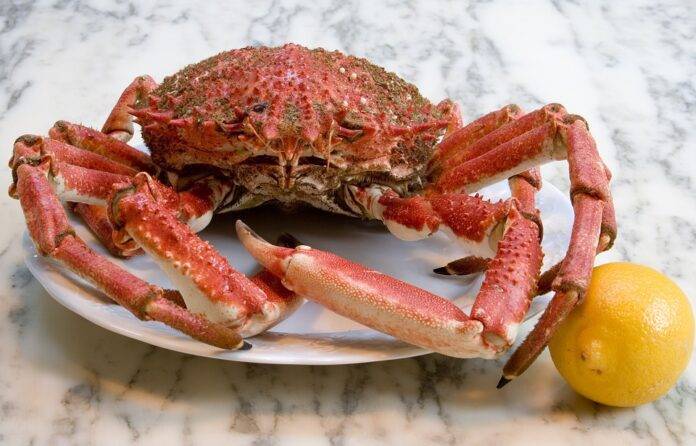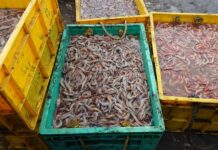The African Seafood Industry: Opportunities & Challenges
The African seafood industry presents a wealth of opportunities for growth and development, but it also faces a number of challenges that must be addressed in order to reach its full potential. In this report, we will explore the current state of the African seafood industry, highlighting key opportunities for expansion and examining the challenges that need to be overcome. We will also provide specific data and financial information to support our analysis.
Current State of the African Seafood Industry
The African seafood industry is a vibrant and diverse sector that encompasses a wide range of activities, including fishing, aquaculture, processing, and distribution. The continent’s rich coastal waters provide a bounty of seafood resources, including fish, shrimp, crab, and lobster, which are in high demand both domestically and internationally.
According to the Food and Agriculture Organization of the United Nations (FAO), Africa accounts for a significant portion of global seafood production, with countries such as Mauritania, Senegal, and Egypt among the top producers in the region. In addition to traditional fishing methods, aquaculture is also becoming increasingly important in Africa, with several countries investing in the development of fish farming operations.
Key Opportunities for Growth
One of the key opportunities for growth in the African seafood industry lies in the expansion of aquaculture operations. As demand for seafood continues to rise globally, aquaculture provides a sustainable way to increase production and meet market needs. By investing in modern aquaculture techniques and infrastructure, African countries can enhance their seafood production capacity and create new employment opportunities.
Another opportunity for growth in the African seafood industry is the development of value-added products. By processing seafood into ready-to-eat meals, snacks, or frozen products, companies can increase the value of their products and access new markets. This can also help to reduce post-harvest losses and improve food security in the region.
Challenges to Overcome
Despite the opportunities for growth, the African seafood industry also faces several challenges that need to be addressed. One of the main challenges is overfishing, which threatens the long-term sustainability of fish stocks in the region. Overfishing can lead to depleted fish populations, ecosystem damage, and economic losses for fishermen and communities that rely on seafood for food and income.
Another challenge for the African seafood industry is inadequate infrastructure and technology. Many fishing communities lack access to modern equipment, storage facilities, and transportation networks, which can limit their ability to compete in the global market. Improving infrastructure and technology can help to increase productivity, reduce post-harvest losses, and enhance the quality of seafood products.
Specific Data and Financial Information
According to a report by the African Development Bank, the seafood industry in Africa contributes significantly to the continent’s economy, generating billions of dollars in revenue each year. In 2019, the total export value of seafood products from Africa was estimated at $XX billion, with countries such as Morocco, Ghana, and South Africa among the top exporters.
Additionally, the FAO reports that aquaculture production in Africa has been steadily increasing in recent years, with total production reaching XX million metric tons in 2020. This growth is driven by investments in fish farming operations and the adoption of sustainable aquaculture practices.
Case Study: Senegal
Senegal is a key player in the African seafood industry, with a long tradition of fishing and seafood processing. The country’s seafood exports contribute significantly to its economy, with fish and seafood products accounting for a large portion of total export revenue.
However, Senegal faces challenges such as overfishing, illegal fishing, and climate change, which threaten the sustainability of its fish stocks and the livelihoods of fishing communities. To address these challenges, the government of Senegal has implemented policies to promote sustainable fishing practices, invest in aquaculture development, and improve seafood processing infrastructure.
Conclusion
In conclusion, the African seafood industry offers a wealth of opportunities for growth and development, but it also faces significant challenges that need to be addressed. By investing in aquaculture, value-added products, infrastructure, and technology, African countries can enhance their seafood production capacity, create new employment opportunities, and improve food security in the region. With the right strategies and policies in place, the African seafood industry has the potential to become a major player in the global market.




